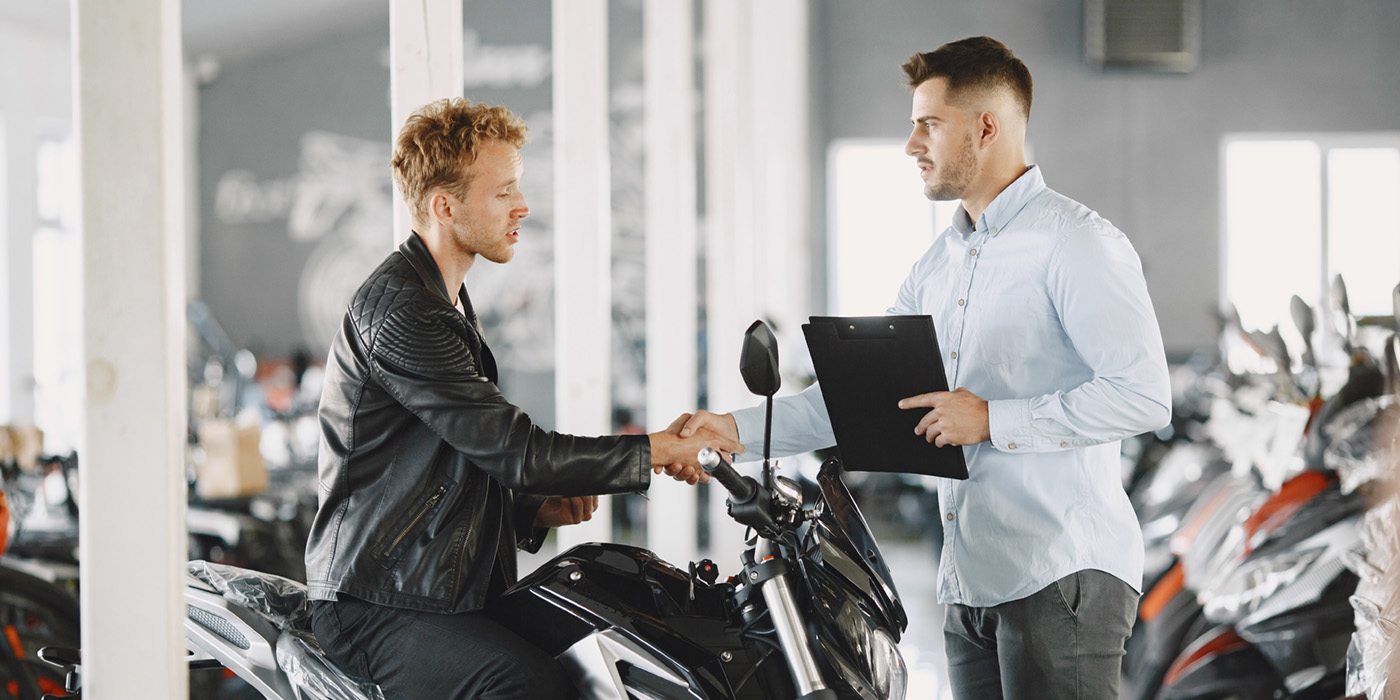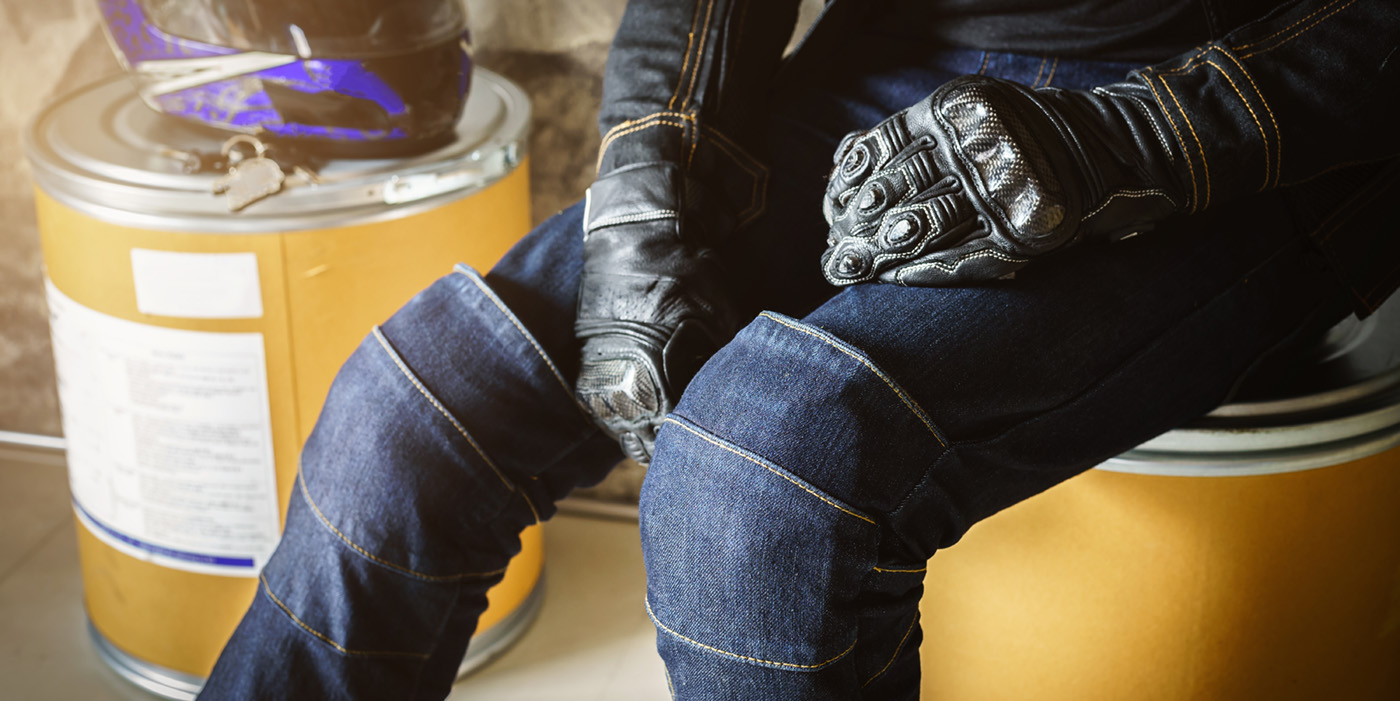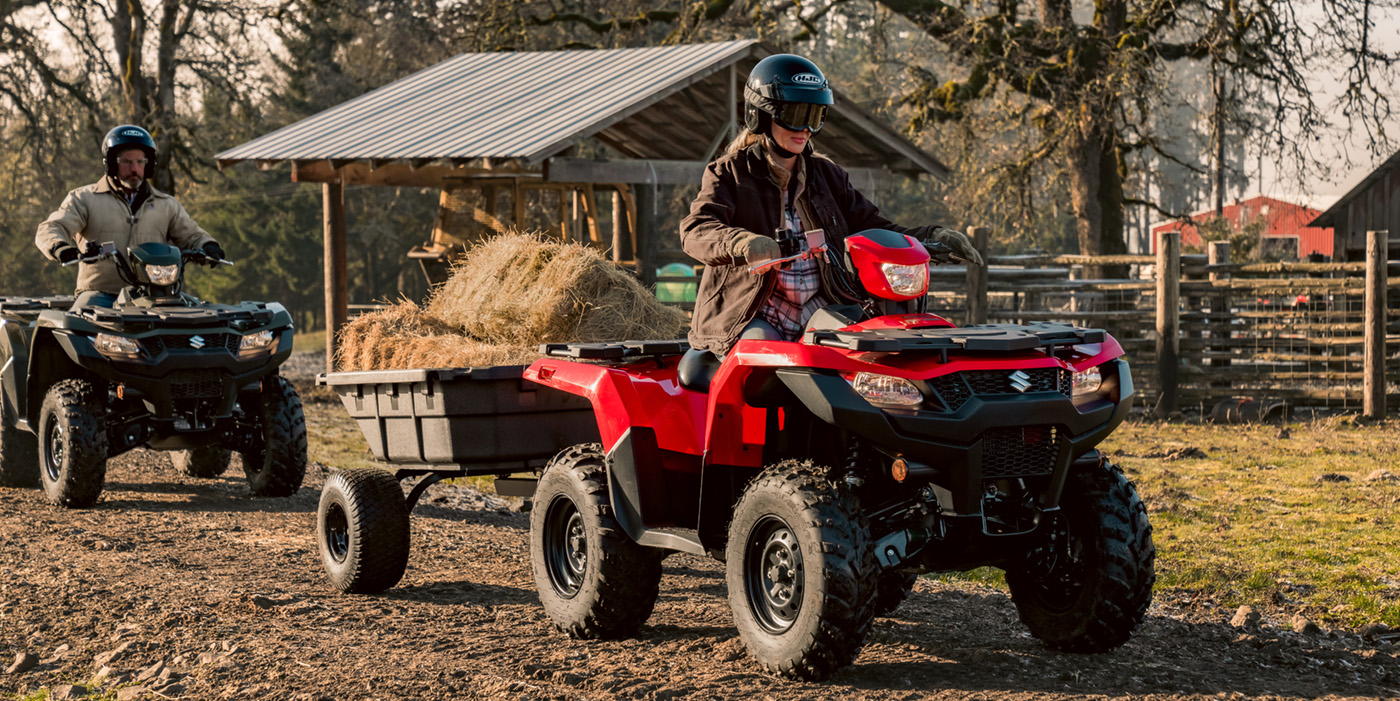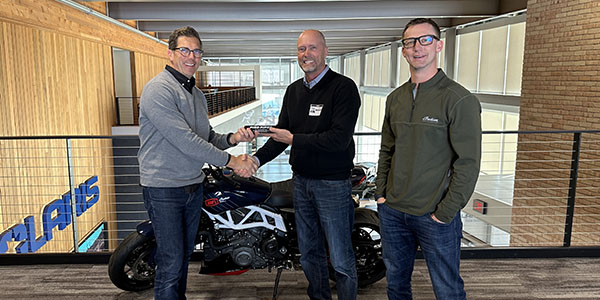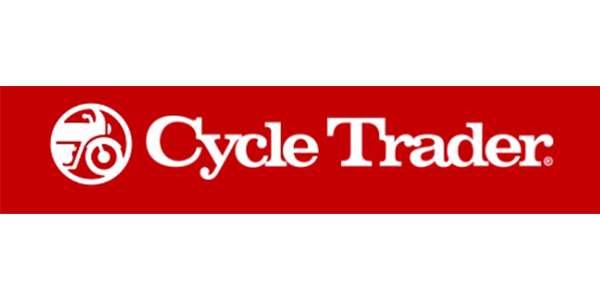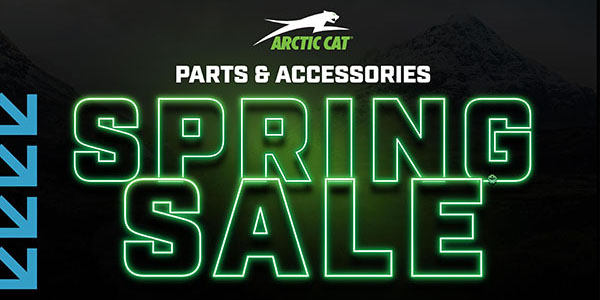Change is constant. This applies to every aspect of life and every industry. In the motorcycle and powersports world, it means that technology is always evolving, young people are buying their first rides, and seasoned riders are ready to upgrade to new machines. In this article, we’re going to focus on the latter: upgrading to a newer — or maybe larger — vehicle.
As powersports dealers, there is a lot we can do to help our customers when they reach the point where they are ready to make a change. So, how do you know when your customer is ready to upgrade, and how do you make the sale?
They’ll Tell You
This one may seem a bit obvious, but sometimes customers will walk into your dealer already knowing that it’s time to upgrade. These are the easiest customers to sell to because they’re already prepared to “write you a check”.
It’s important to ask these types of customer the right questions. Get to know them. Ask them about what bikes they currently own, how and where they like to ride them, and what they’re looking for in their next machines. Then, use this information to help them find the bikes or powersport vehicles that will best fit their needs. If you do this right, you might just earn yourself some customers for life!
However, we all know that customers don’t always walk in ready to make a purchase. So, how do you know when customers are ready to upgrade before they know themselves? Here are a few scenarios which could cause a customer to decide to buy a new machine.
Repair Cost
As a machine ages, it can become more and more expensive to maintain. I found this myself with my first motorcycle, a 1983 Yamaha XJ650 Maxim. There were a lot of things I liked about that bike, but the repair list was starting to pile up. Engine oil leaks, worn brakes, leaky shocks and forks — it got to the point where the bike wasn’t worth the cost to keep it on the road.
This scenario doesn’t happen overnight; it’s a slow boil. It may take years for a customer to realize what I did: that it’s time to make a change. An observant tech or service writer in your service department can be very valuable to the business for this scenario. If the tech strikes up a conversation with this type of customer, that person may be able to steer him or her into the showroom, leading to a potential sale.
However, it’s worth mentioning that the pandemic has changed this scenario a bit. In years past, a customer might shy away from an expensive repair bill, saying instead, “It’s time to trade it in.” But with increased car and powersports prices as well as lack of inventory, customers are more likely to spend money on repairs instead of buying new machines.
My advice to you would be this: Don’t be afraid to ask questions. You don’t know what the customer is prepared to spend, so don’t shy away from presenting options.
Bigger is Better, Right?
Let’s go back to what I said in the beginning: Change is constant. In my experience, the biggest buying influence is simply when people have outgrown their current vehicles.
Many bikers, for instance, reach a point where they feel like they’ve outgrown their motorcycles. My wife started out on a 250 Honda Rebel, and after a year or so she was ready to move up. Starter bikes like the 250 Rebel and V-Star are great for beginners, but they leave something to be desired when you get out on the highway.
Bigger can mean a few different things. It could mean a bigger engine with more power. It could mean a bigger vehicle with more room for onboard storage or more room to stretch out one’s legs on the highway. For example, that could mean moving up to a touring bike for maximum long distance riding comfort. In fact, comfort is yet another customer pain point.
Comfort
Riding a motorcycle or powersport vehicle is supposed to be fun. Nobody wants to feel fatigued or uncomfortable while riding. If the customer is feeling that way after only a short time on the vehicle, this might mean it’s time to make a change. This type of change could mean replacing the seat, handlebars or grips. It could also mean upgrading to a different vehicle.
For instance, some riders might start out on a sport bike but then find themselves ready to move into a bike with a less aggressive, more upright riding position. I don’t know anyone who bought his or her first bike and stayed with it for more than a few years. It’s perfectly normal to feel the desire to make a change at one point or another. And, in this day and age, with all of the different types of bikes and vehicles out on the market, there are a lot of choices out there!
Change in Riding Interests/Habits
This final scenario involves a customer who wants to explore a different type of riding. Motorcycles are typically built with a specific purpose in mind. The market is full of motorcycles for every type of rider and terrain.
If dirt is a customer’s thing, then a dirt or adventure bike may be right up that person’s alley. Sport bikes are powerful and exciting, but the riding position tends to be rather aggressive. This takes a physical toll on long rides. Long distance cruisers can really eat up the miles, carrying riders to destinations they never thought they’d reach.
There’s also the possibility that the customer is looking to buy a newer motorcycle for the modern safety or convenience features. Anti-lock brakes (ABS), traction control and cruise control were unheard of just a decade ago, but today you can find these features in many different bikes. In addition, with the recent increase in gas prices, people may be looking to switch to an electric vehicle for the time being.
Whatever the customer’s case, it’s your job to understand the pain points and guide each person towards the perfect upgrade.








